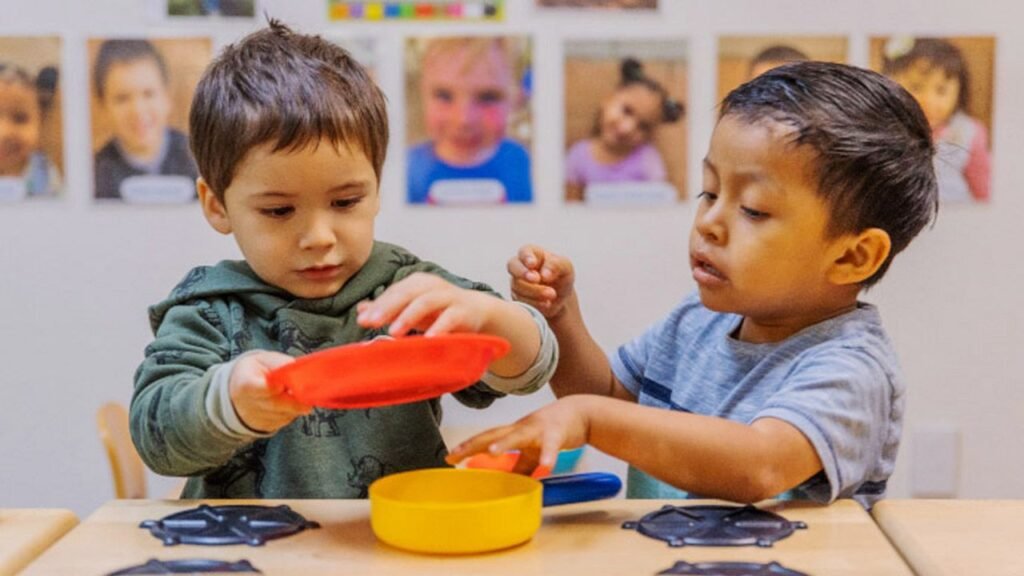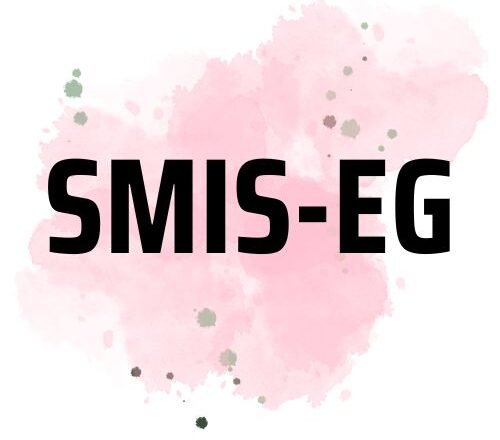The two‑child cap has become one of the most debated features of the UK welfare landscape, drawing renewed attention for its effects on low income households and its links to child poverty trends. Introduced within a wider reform drive to restrain benefit spending, the policy remains under intense scrutiny from policymakers, campaigners, and the public. Understanding how it operates, why it was created, who it touches, and where the reform debate stands is essential to grasp its real world impact today.
| Aspect | Key Points |
|---|---|
| What it limits | Support under Universal Credit and Child Tax Credit beyond the first two children |
| Main rationale | Spending control and perceived fairness between benefit reliant and non benefit households |
| Core concerns | Rising child poverty risk and pressure on low income families |
| Exemptions | Multiple births, adoption, and limited sensitive circumstances |
| Current status | Under active public and political scrutiny |
What The Two‑Child Cap Actually Does
The two‑child cap applies to families receiving Universal Credit or Child Tax Credit, restricting additional support to the first two children for births after April 2017. In practice, this means a third or subsequent child typically does not attract extra payment under these benefits, which can materially alter a family’s monthly budget trajectory when household costs rise.
Why The Cap Was Introduced In 2017
Government architects framed the measure as a way to align incentives and reinforce what they described as fairness between households supported by benefits and those financed solely through wages. It was also positioned as a significant cost containment tool within a broader fiscal plan, intended to moderate growth in welfare expenditure over time.
Criticism And The Poverty Debate

Opponents contend the policy intensifies hardship for families already close to the edge, pointing to evidence of increased child poverty exposure and tougher choices on rent, food, utilities, and clothing. Faith groups, charities, and a cross section of political voices have argued the cap is punitive in effect, even if not intended as such, because it narrows resources precisely where needs expand with additional children.
Who Feels The Impact Most
The measure reaches across a wide cohort, including many households where at least one adult works but earnings are insufficient to cover essentials without support. Single parent families and larger households are particularly exposed, as their benefit entitlement can drop sharply once children number three and above are excluded from additional support.
| Group Affected | Impact Of Policy |
|---|---|
| Low income working families | Reduced support despite employment |
| Single parents | Greater financial strain with three or more children |
| Larger families | Significant fall in overall benefit entitlement |
| Children | Higher risk of poverty and material deprivation |
Where Exemptions Apply
Although tightly drawn, the rules include exceptions. Additional support may be allowed for children from multiple births, for adopted children, and in limited cases involving non consensual conception. These carve outs, however, are small in scope and, critics say, can involve evidentiary processes that are difficult and distressing to navigate.
The Fiscal Versus Social Balance
Supporters of the cap argue that spending controls are necessary to keep the system sustainable while maintaining public confidence. Critics counter that the social costs are higher than the savings, as constrained support can translate into greater demand for other public services, from housing to health and education, compounding pressures on local authorities and charities.
Options Under Discussion For 2025 And Beyond
Reform ideas span a spectrum. Some advocate scrapping the cap entirely to widen support in line with need. Others propose adjustments such as raising the cap threshold, widening exemption categories, or applying transitional protections for families whose circumstances change, aiming to blend fiscal restraint with a more flexible social safety net.
Why The Decision Matters Now
With affordability pressures still elevated, the two‑child cap sits at the intersection of family budgets and national spending priorities. Any policy shift will shape outcomes for hundreds of thousands of households while signaling how the welfare state balances cost control with protecting children from poverty. The direction chosen in the near term will resonate for years across both public finances and family wellbeing.

